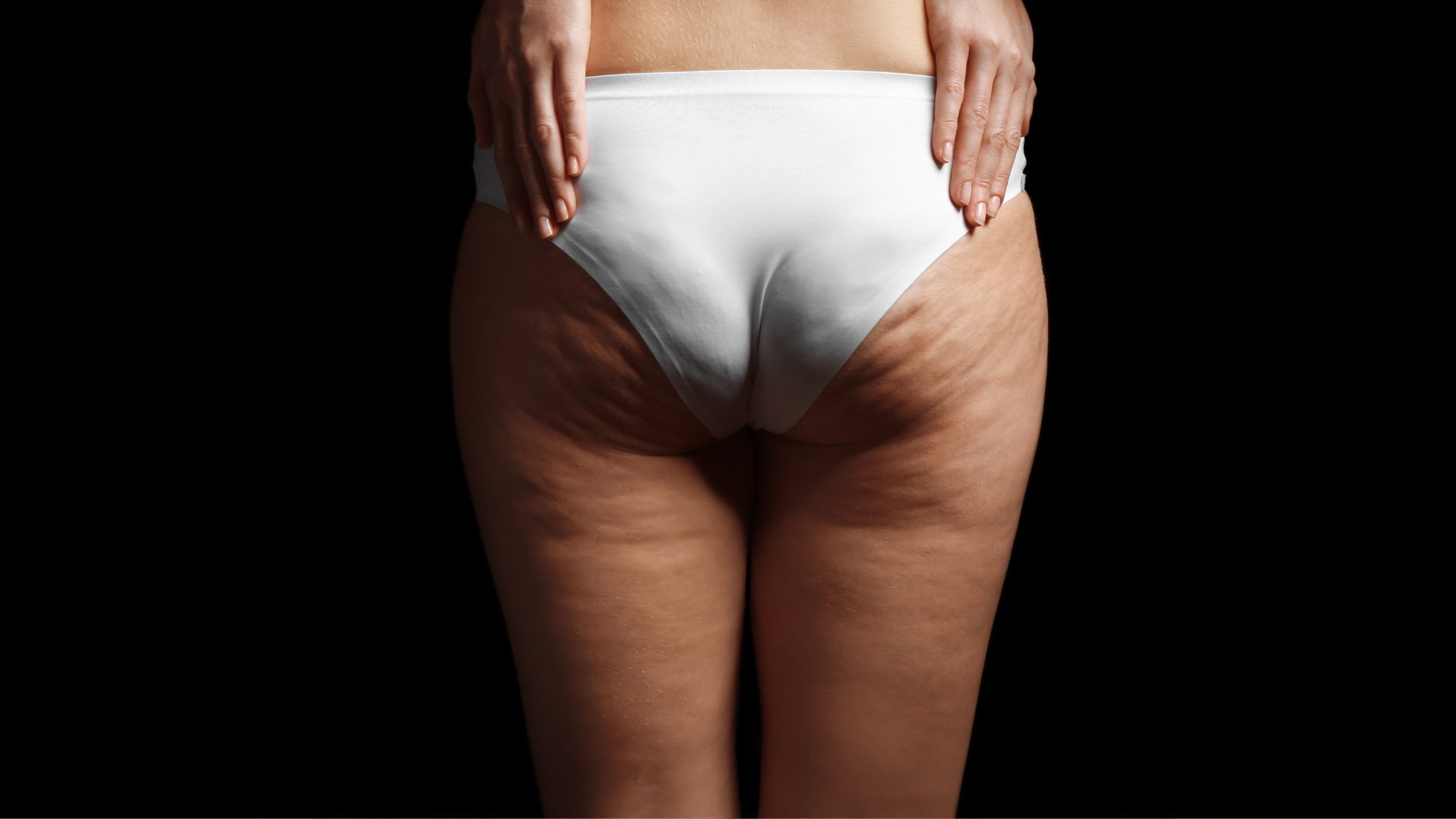Have you ever wondered why some women have so much more fat on their legs and arms? This could be a sign of lipedema. More than 101% of women worldwide have this condition. It causes fat to accumulate abnormally, especially in the legs and arms.
It is important to know the signs of lipedema to seek help. This way, you can better manage the condition.
Imagine being able to identify the signs of lipedema and take steps to treat it. This can greatly improve your life. Lipedema can cause problems such as joint damage and difficulty walking.
It is crucial to recognize the signs and seek medical help. treatment may include lifestyle changes and medical procedures.
If you're wondering if you have lipedema, it's important to know that a doctor can diagnose it. Diagnosis can take time. Lipedema has four stages, each with its own symptoms.
Therefore, it is essential to recognize the signs of lipedema. Seek medical help to manage the condition and improve your life.
What is Lipedema and Why You Need to Know
It is essential to know what lipedema is so as not to confuse it with obesity. Lipedema is a disease that mainly affects women. It causes excessive fat accumulation in the lower limbs. According to “Lipedema: All About | What it is | Treatments and More | Dr. Wendell Uguetto”, lipedema mainly affects women.
To understand lipedema, it is important to know that women are at higher risk. Although the exact percentage is not known, it is a fact. It is important to know the differences between lipedema and obesity for a treatment correct.
Medical definition of lipedema
Lipedema involves the excessive accumulation of fat, mainly in the legs and arms. This fat does not decrease with diet or exercise. This is different from obesity, which can be managed with lifestyle changes.
Differences between lipedema and obesity
The main differences are the distribution of fat and the response to treatment. Obesity can be treated with diet and exercises. Lipedema requires specific treatments, such as lymphatic drainage and compression stockings.
Who is at risk of developing lipedema?
Although lipedema mainly affects women, anyone can get it. The risk increases with family history and hormonal changes. To keep your waistline healthy, see foods to slim your waist.

Understanding lipedema and how it differs from obesity is crucial. This helps in diagnosis and treatment. Recognizing the risk of lipedema can prevent and intervene early.
How to Identify if You Have Lipedema
Lipedema causes fat to accumulate more in the lower limbs. This can cause pain, sensitivity and other physical symptoms. According to the “Complete Guide”, the signs of lipedema include excessive fat in the legs, sensitive skin and constant pain.
To know if you have lipedema, look at the fat on your body. Lipedema affects the legs the most, causing them to grow too much. It is also important to note pain, tenderness, and fatigue.

You physical symptoms The symptoms of lipedema vary from person to person. But they generally include:
- Chronic pain in lower limbs
- Touch sensitivity
- Fatigue
- Disproportionate increase in the volume of the legs and/or arms
If you feel these physical symptoms, see a doctor. A quick diagnosis and the right treatment can improve your life.
Areas of the Body Most Affected by Lipedema
According to the source “Lipedema Diagnosis: How to Identify and Confirm the Disease”, lower limbs are the most affected. This includes legs, thighs and hips. The arms can also be affected, but this happens less.
To the areas affected by lipedema change from person to person. But the lower limbs are the most common. This is because lipedema attacks areas with more fat, such as thighs and legs.
- Lower limbs (legs, thighs and hips)
- Arms
If you think you may have lipedema, it is essential to see a specialist doctor. They can make an accurate diagnosis and start the right treatment.
| Body Area | Frequency of Occurrence |
|---|---|
| Lower Limbs | 80-90% |
| Arms | 10-20% |
Stages of Lipedema: From Early to Advanced
Lipedema is a chronic condition that can worsen if left untreated. According to the source “Lipedema: All About | What It Is | Treatments and More | Dr. Wendell Uguetto”, it is divided into stages of lipedema. This ranges from beginner to advanced.
THE progression of the condition can be affected by several factors. This includes lack of treatment, hormonal changes and lifestyle. It is crucial to recognize the signs of worsening to seek medical help early.
The main ones stages of lipedema they are:
- Early stage: characterized by mild to moderate fat accumulation
- Intermediate stage: characterized by moderate to severe fat accumulation
- Advanced stage: characterized by severe fat accumulation and possible complications
Understand the stages of lipedema and the progression of the condition is essential. This helps to create an effective treatment plan. This way, it is possible to prevent signs of worsening.
| Internship | Features | Treatment |
|---|---|---|
| Home | Mild to moderate fat accumulation | Compression therapy, physical exercises |
| Intermediary | Moderate to severe fat accumulation | Compression therapy, physical exercise, tumescent liposuction |
| Advanced | Severe fat accumulation and possible complications | Compression therapy, physical exercise, tumescent liposuction, treatment of complications |
Impact of Lipedema on Quality of Life
Lipedema is a chronic condition that greatly affects people's lives. Up to 80% of people with lipedema prefer to sit because of the physical difficulties.
You lipedema symptoms include pain and sensitivity to touch. This makes it difficult to do simple everyday things. In addition, the condition can cause anxiety and depression in up to 30% of people.
Some of the main ways in which lipedema affects the quality of life include:
- Chronic pain and sensitivity to touch
- Physical limitations and reduced mobility
- Impact on mental health, including anxiety and depression
- Difficulties in carrying out daily activities and maintaining a lifestyle active
Seeking treatment and support is essential to managing lipedema. This may include compression therapies, manual lymphatic drainage, low-impact exercises, and diet anti-inflammatory.
Professional Diagnosis: When to Seek Help
It is essential to have a professional diagnosis to confirm lipedema and begin treatment. According to the source “Diagnosis of Lipedema: How to Identify and Confirm the Disease”, specialists in vascular or lymphatic diseases can do this.
For diagnosis, physical examinations, medical history and imaging, such as ultrasound, are necessary. Seek help from indicated specialists is crucial for a professional diagnosis need and the right treatment.
Some of the necessary exams include:
- Detailed physical examination
- Medical and family history
- Imaging tests, such as ultrasound
One professional diagnosis accurate is vital to control symptoms and avoid complications. This improves the quality of life of the patient. With the help of indicated specialists and necessary exams, it is possible to start the right treatment and improve your life.
Differences Between Lipedema and Other Similar Conditions
Lipedema is often confused with lymphedema and cellulitis. But it is crucial to know the differences between lipedema and other conditions. This helps you seek help and better manage the condition.
According to the source “Lipedema: All About | What it is | Treatments and More | Dr. Wendell Uguetto”, lipedema is confused with lymphedema and cellulitis. It is essential to know the differences between lipedema and lymphedema. They have similar symptoms but different causes and treatments.
Characteristics of Lipedema and Lymphedema
- Lipedema causes asymmetrical accumulation of fat, mainly in the legs and arms.
- Lymphedema is the accumulation of lymphatic fluid, while lipedema is the accumulation of fat.
- Lymphedema affects both men and women, but lipedema affects women more.
It is also important to know the differences between lipedema and cellulite. Cellulite is considered aesthetic, but lipedema is chronic and causes pain.
In conclusion, lipedema is a unique condition that needs specific diagnosis and treatment. Understanding the differences between lipedema and other conditions is crucial to manage it better.
Factors That Can Aggravate Lipedema
Lipedema can be made worse by lifestyle and diet. Studies show that not exercising and eating an unbalanced diet worsens lipedema.
The main ones factors that aggravate lipedema they are:
- Lack of regular physical activity
- Diet rich in fats and sugars
- Hormonal changes, such as puberty, pregnancy and menopause
Control of the lifestyle and diet can decrease the lipedema symptoms. A holistic approach helps a lot. This includes exercise, a balanced diet and, if necessary, medical treatments.
Available Treatments for Lipedema
Lipedema is a chronic condition that mainly affects women. Its treatment varies depending on the severity. There are several options for treating lipedema, as lifestyle changes, surgical procedures and complementary therapies.
To the conservative options include regular exercise, a healthy diet, and wearing compression. These actions can reduce pain and inflammation. They also improve blood circulation and help prevent progression of the condition.
For more severe cases, the surgical procedures are recommended. Liposuction is a common option. It is done in stages to reduce pain and difficulty moving.
Additionally, complementary therapies such as compression therapy, physiotherapy and acupuncture can help. It is essential to consult a specialist to define the best treatment for each case.
Treatment of lipedema requires a multidisciplinary approach. This includes changes in lifestyle, conservative options, surgical procedures and complementary therapies. With the correct treatment, it is possible to improve quality of life and prevent the progression of the condition.
Lifestyle Changes to Control Lipedema
According to the “Complete Guide with step by step to understand the Lipedema symptoms and help identify the disease”, lifestyle changes are essential. This includes diet and exercise. These changes can help control lipedema.
For a diet healthy, it is important:
- Avoid foods high in salt, saturated and trans fats, refined sugars and refined carbohydrates
- Include nutrient-rich foods such as fruits, vegetables, lean proteins, and whole grains
- Drink plenty of water to help control fluid retention
Additionally, regular exercise is crucial. Walking, running, swimming or practicing yoga can help a lot. It is essential to find a balance between diet and exercises to control the lipedema and improve life.
To the lifestyle changes should be done gradually. The goal is to achieve a healthy and balanced lifestyle. With the right combination of diet, exercises and lipedema control, it is possible to improve the quality of life and reduce the lipedema symptoms.
| Food Type | Effect on Lipedema |
|---|---|
| Foods rich in salt | They worsen fluid retention |
| Saturated and trans fats | Increase inflammation in the body |
| Refined sugars and refined carbohydrates | They worsen the inflammatory condition |
Conclusion
Lipedema is a chronic condition that affects approximately 111 percent of women worldwide. It is more common than one might think, but it is still underdiagnosed. It is characterized by the accumulation of excessive fat in the legs, thighs and hips. In some cases, it also affects the arms.
People with lipedema experience pain, tenderness, and bruising frequently. It is crucial to recognize the signs of lipedema. lipedema and seek medical help. This way, it is possible to obtain an accurate diagnosis and begin the treatment adequate.
With the support of professionals and an approach that includes physical therapy, a balanced diet and exercise, it is possible to control symptoms. In more severe cases, surgery may be necessary. liposuction may be necessary. These measures help improve the lives of people with lipedema.


